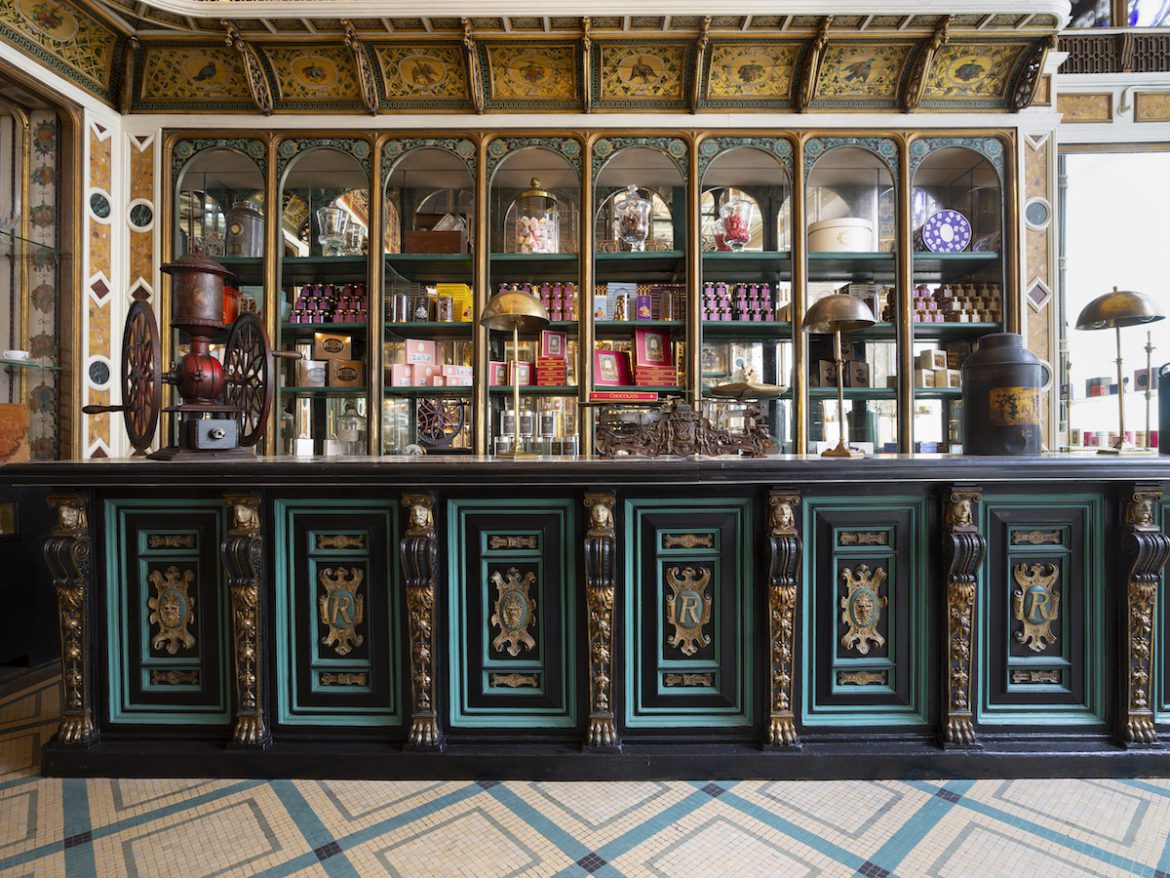Name a more stunning confiseur; we’ll wait…
We’re “treating” you to our November/December 21 issue feature on Maison Méert – a legendary French institution where the interiors are as gorgeous as the treats are delicious. Read on below!
SUBSCRIBE TO THE MAGAZINE
During the turmoils of the French Revolution in the late 18th century, Lille was experiencing a decidedly sweeter phenomenon: the arrival of master chocolatier Sieur Delcourt. Centuries later, his legacy, Maison Méert, remains one of les Lillois’ favorite places to indulge.
The adventure began in 1761, when Delcourt opened a sweet shop at 27 rue Esquermoise; serendipitously, it turned out that it used to be a confiserie a century before.
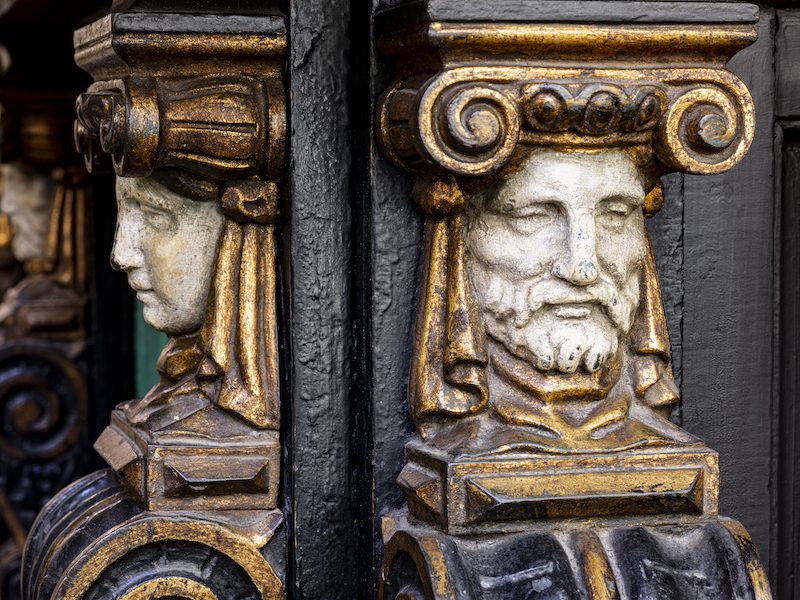
After a few decades, the establishment was taken over by the Belgian ice cream maker, Modo de Rollez, who would transform the humble boutique into the flamboyant, Pompeian-style gem that it is today.
With the help of some architect, painter and sculptor friends, Modo brought to life one of the most sumptuous architectural designs that Lille had ever seen. With interiors as delectable as its contents, Méert is often described as an “oriental sweet jar” — a destination dressed in deep green and elegant gold and filled with sculpted wooden furniture and luxurious items that make for eye-catching window displays. Even the ceilings, which are compartmentalized into sections, are made from gilded wood.
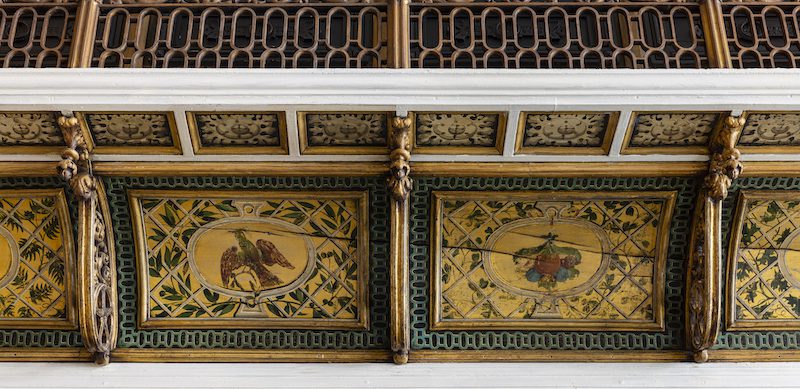
Modo Rollez made sure that he was inscribed, quite literally, into the establishment’s history; observant visitors will find ornate R’s carved into the metal railings of the building’s balconies.


While Modo gave the shop its superb aesthetic, it was another Belgian who would cement its reputation as one of the best confiseries: Michael Paulus Gislinus Méert, who took over in 1849. Although Michael kept the décor intact, he did introduce two major changes: a new name and a product that would establish Maison Méert’s legendary status: la gaufre (waffle).

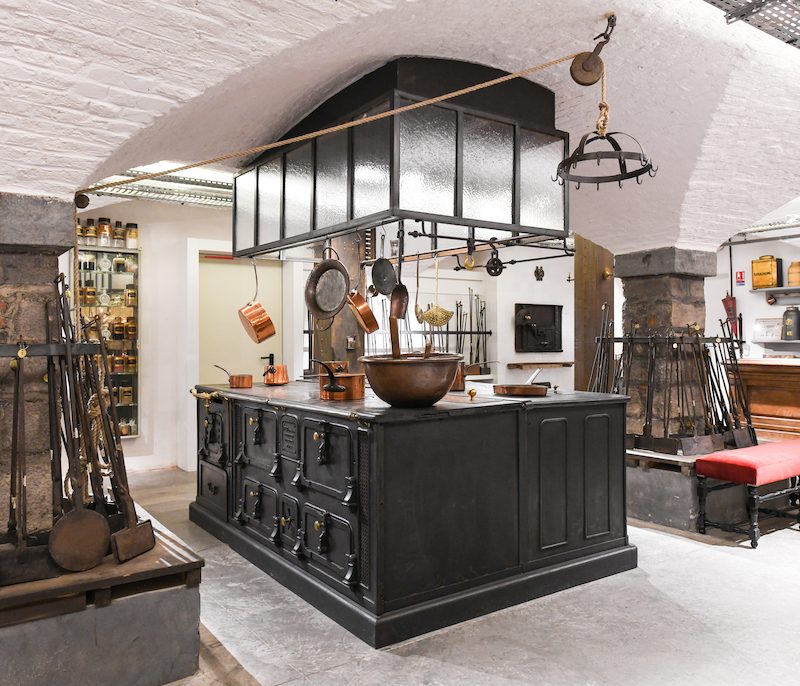
Today, Méert waffles are identical to those baked in 1849: the house still makes them entirely by hand using the same recipe, ingredients, molds and brand stamp. Thin and light enough to melt in the mouth but boasting a deliciously rich flavor, these decadent treats are traditionally filled with Madagascar vanilla but today are offered in a range of flavors, seasonal and limited edition. Instantly recognizable by their unique ovoid shape, grid-like cooking lines and, of course, the emblematic Maison Méert stamp.

And the rest of the house’s offerings are just as tantalizing: freshly churned ice cream, plump brioche and delicate madeleines, round truffles dusted with sugar, jewel-like pâte de fruits (fruit jellies) and les orangettes (chocolate-dipped orange confit), artisanal jams and more.


One of the oldest of its kind in the world, Maison Méert is famous throughout France (the company also owns several restaurants across the country) and is a veritable institution in Lille, home to the flagship store — by far the most elegant place to sample Méert delicacies.



Its status and meaning to the city are best summed up by the brand’s current president, Thierry Landron:
“What if Méert could tell us everything it’s seen over the past 250 years? The generations of pastry makers, chocolate makers, apprentices, delivery boys, waiters or clerks that have trodden the path from shop to atelier, and how many more will follow? Like the phoenix, Méert is immortal.”
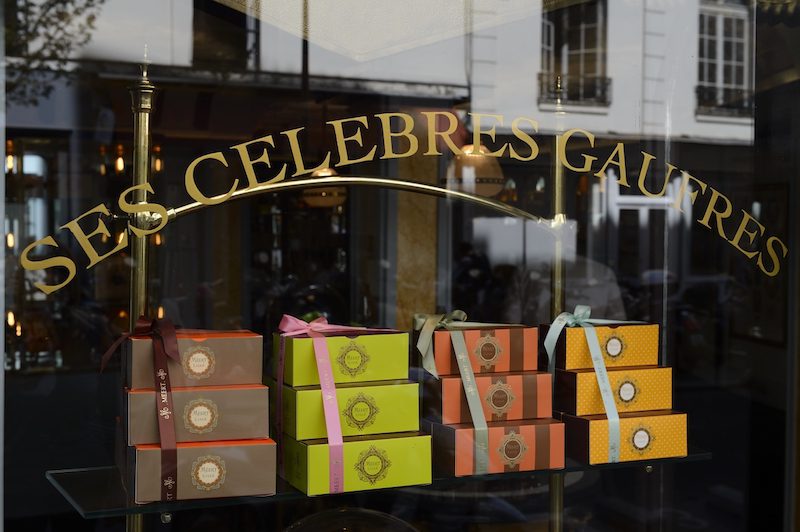
This article was originally published in the Nov/Dec 2021 edition of My French Country Home Magazine
Photography © courtesy of Maison Méert
